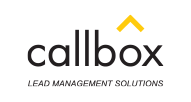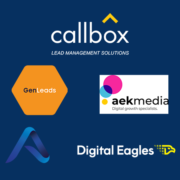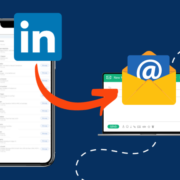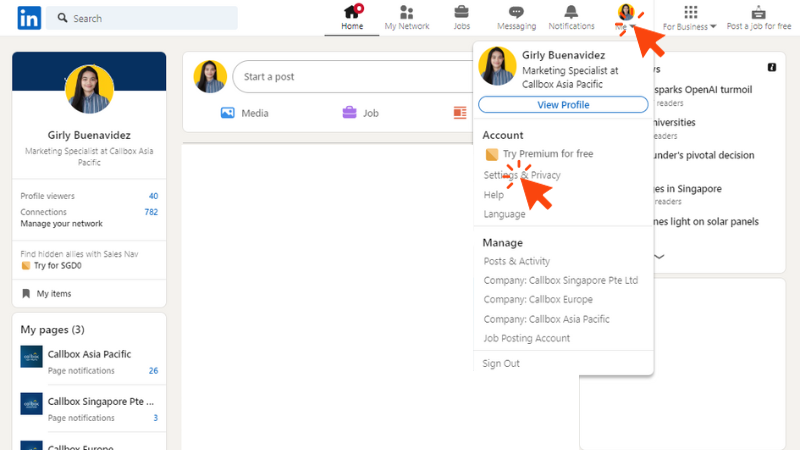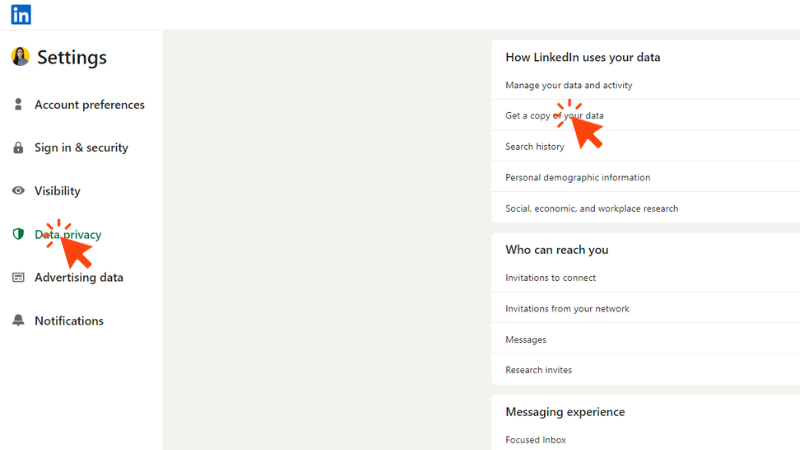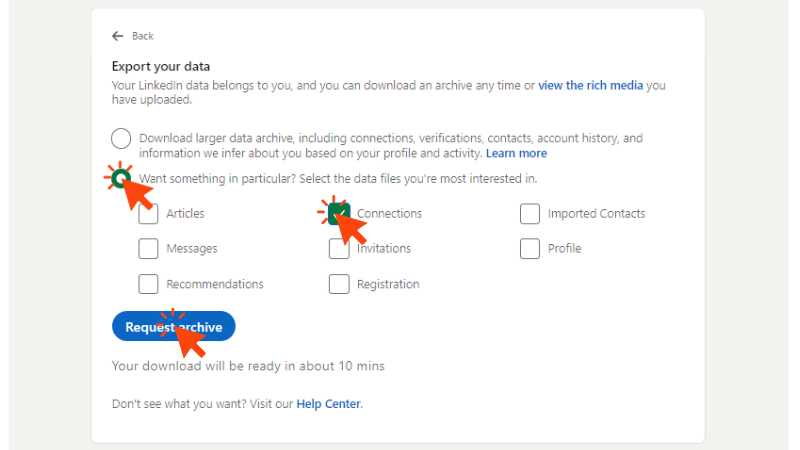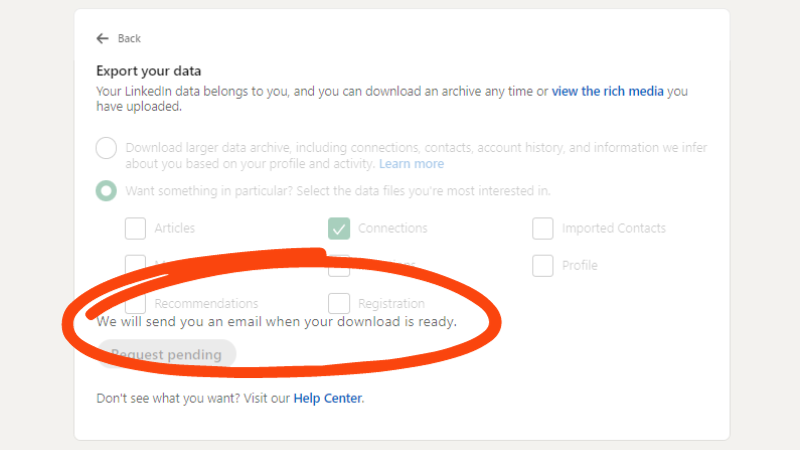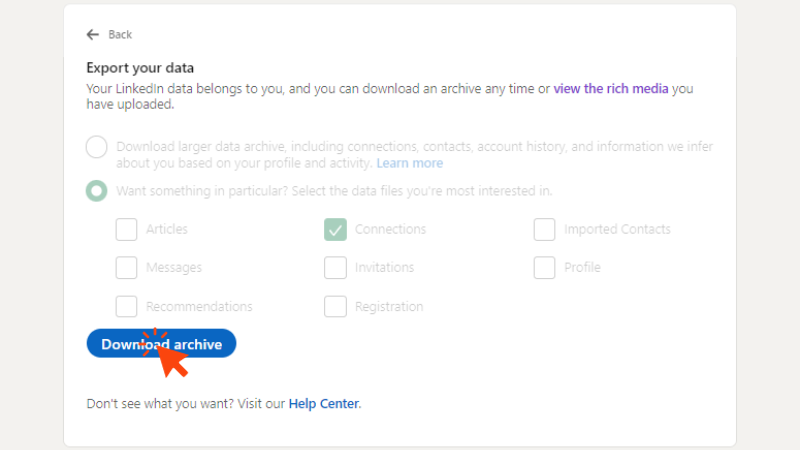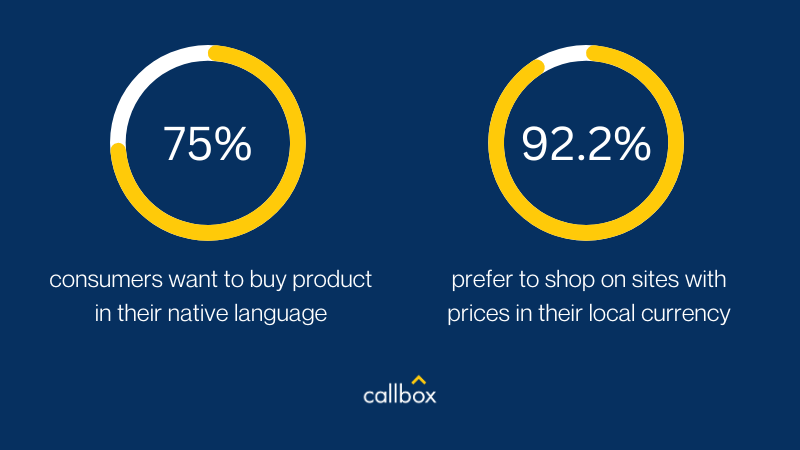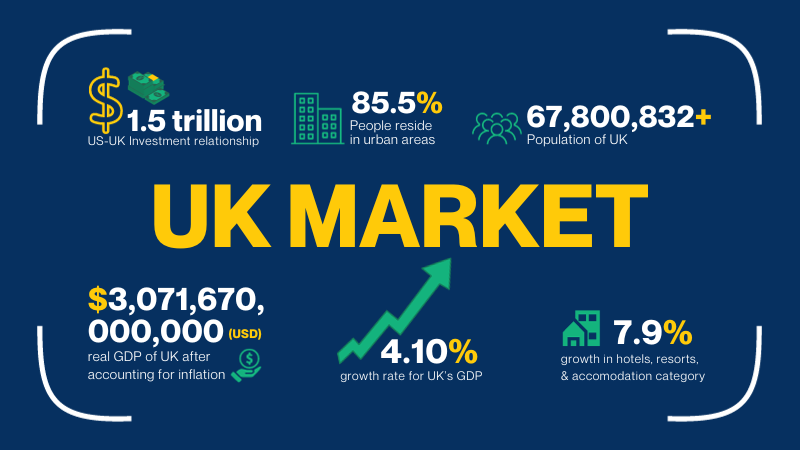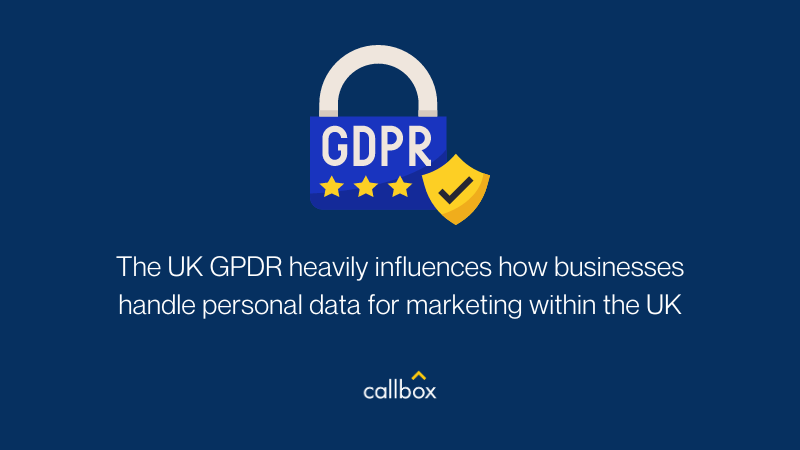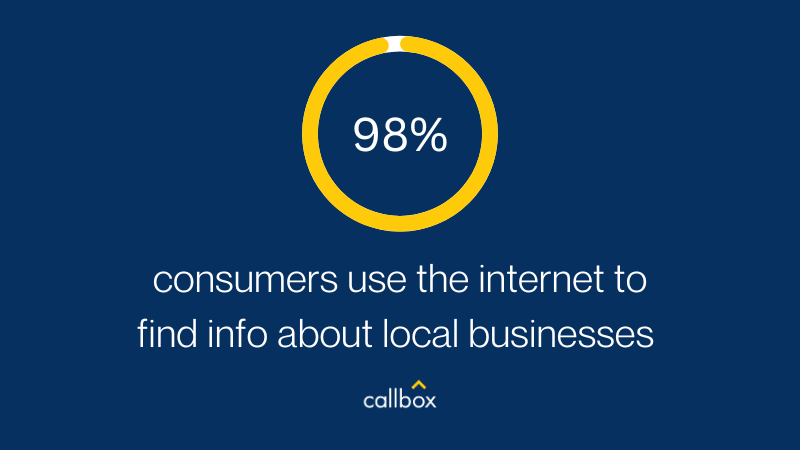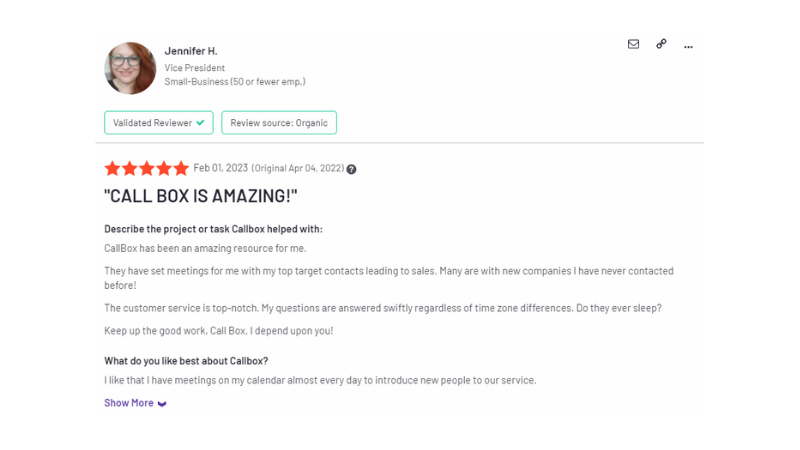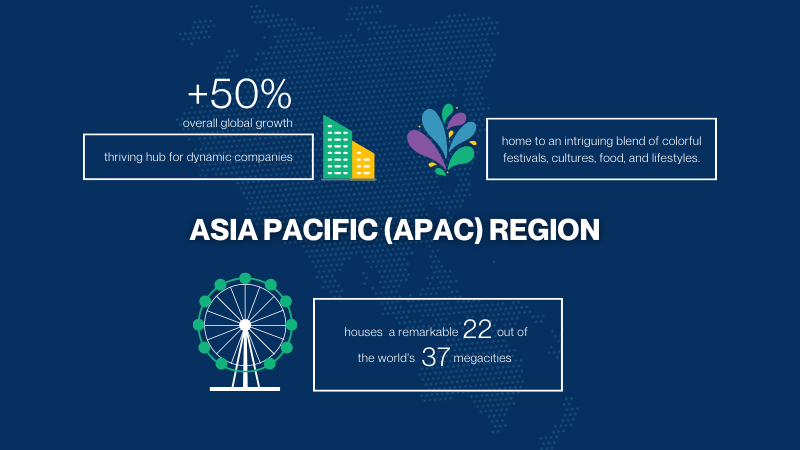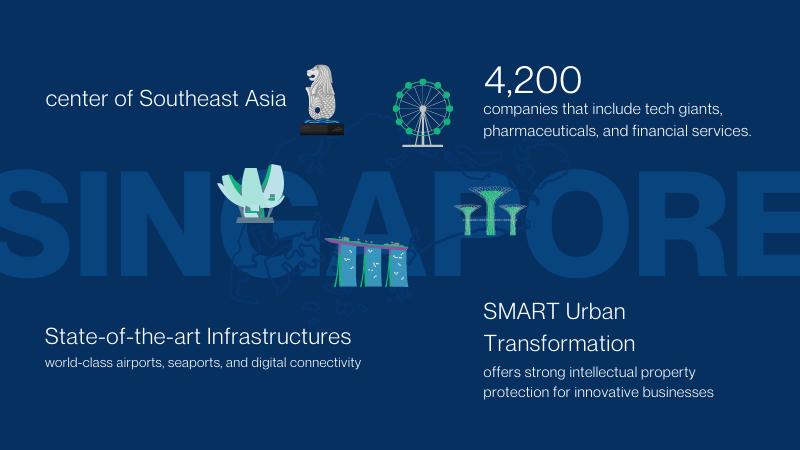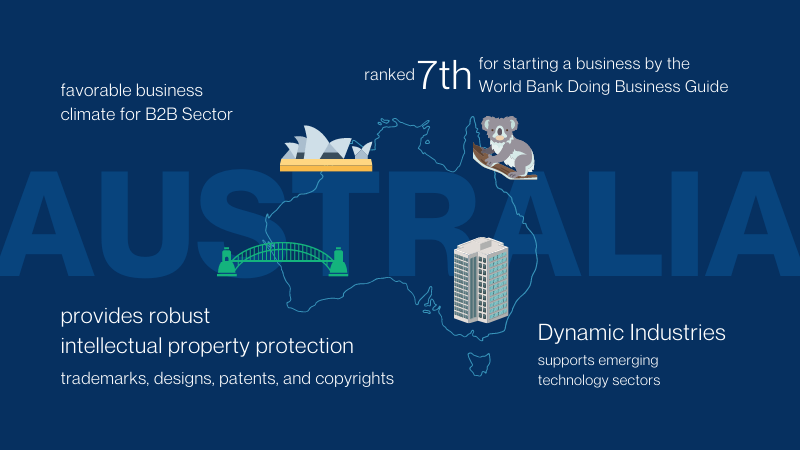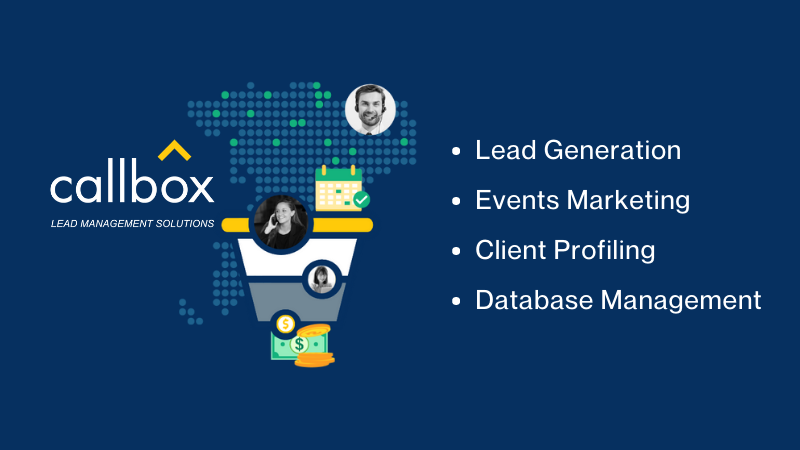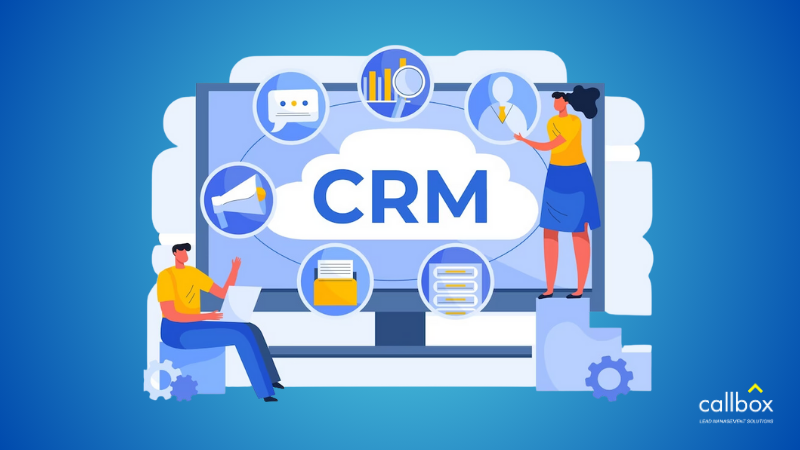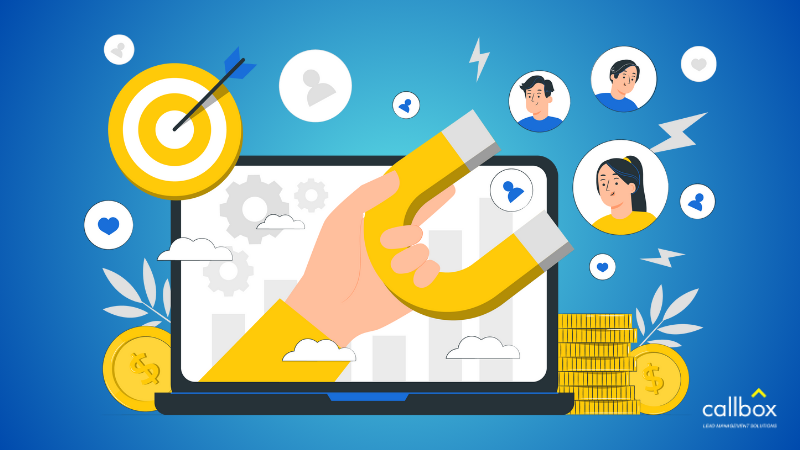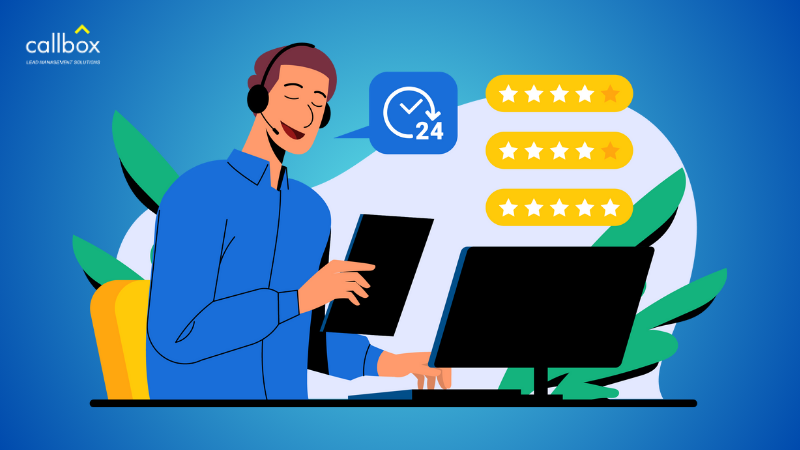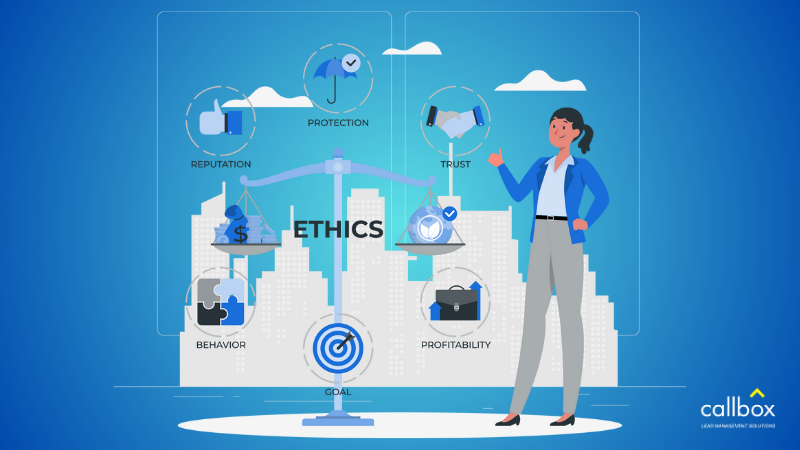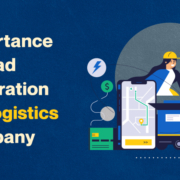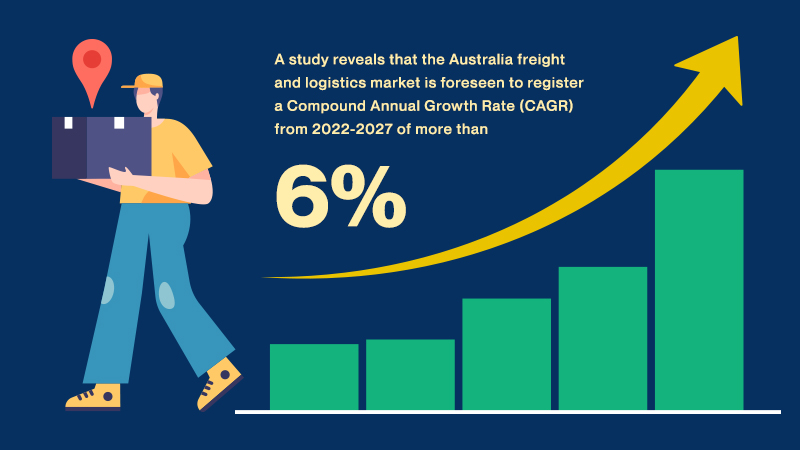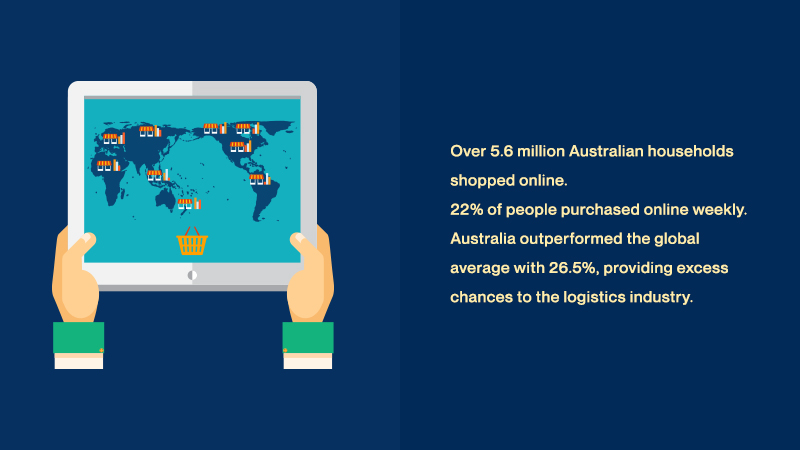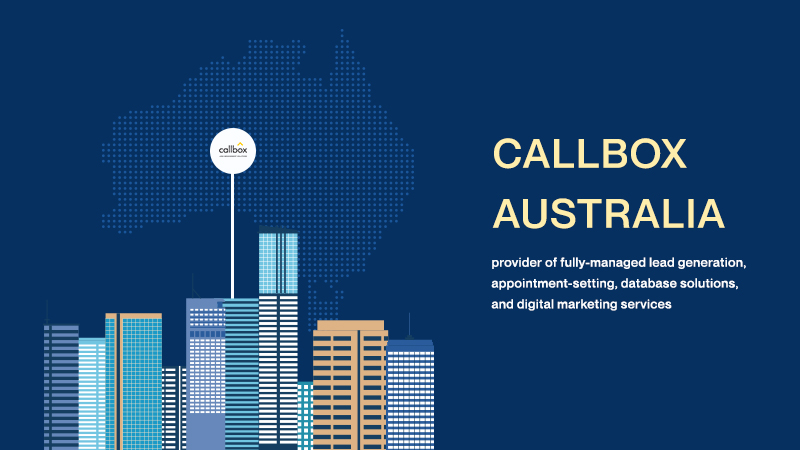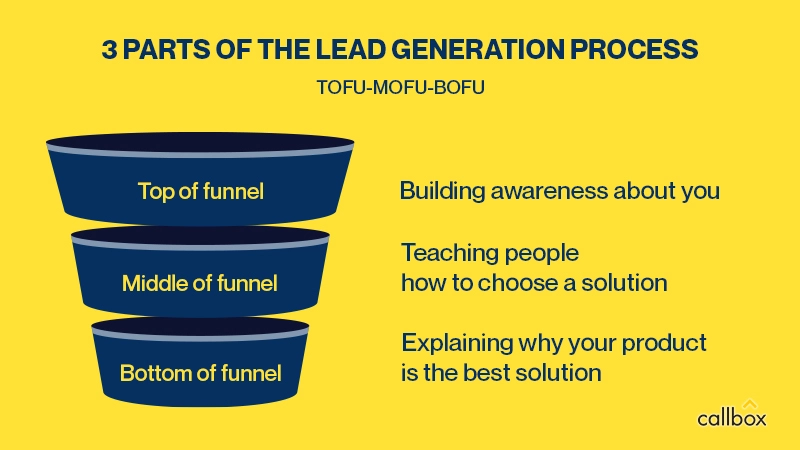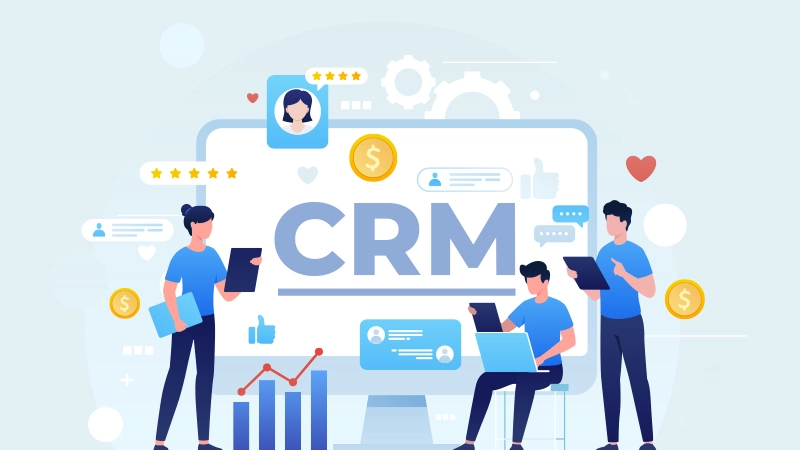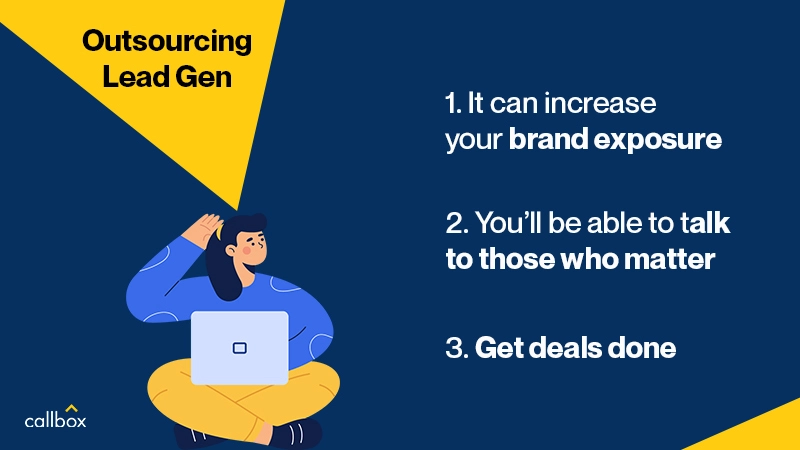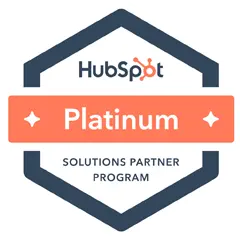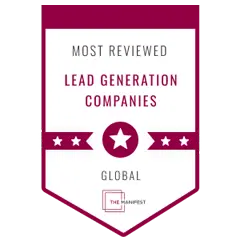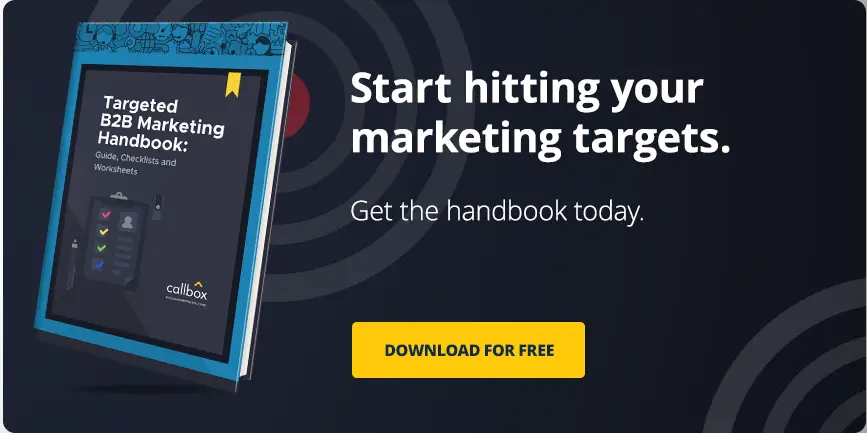Manufacturing and Distribution Lead Gen: 10 Things You Need to Know
If there’s one thing that the B2B industry can’t stop talking about, it’s lead generation. Not because it’s popular, but because it’s crucial and challenging to find one single formula that works.
B2B lead generation is an important aspect of every business in the said industry. It’s the process of finding the best possible customers for your goods or services and persuading them to make a purchase. Both the sales and marketing teams employ a range of lead generation techniques to gain the target audience’s interest and guide them throughout the sales funnel.
Lead generation is a big challenge for businesses in the manufacturing and distribution industry, given that the competition is growing especially fierce. Industrial Suppliers, B2B distributors, equipment, computer, electronic products, and other technology manufacturers are always on the rise; most likely offering similar products and services.
How would you stand out in a market filled with competitors who offer the same value as you? Setting your business apart from the competition and carefully selecting the strategies you apply will make or break your success.
The first, and perhaps, the most crucial step to succeeding in B2B manufacturing and distribution lead generation is understanding what makes your business distinctive and why your offers are the best options in the market.
Manufacturing and distribution in the digital era: highlights and challenges
The rise of digital marketing changed the way manufacturers bring their products to the market.
Trade shows, webinars, and demos used to be the primary way to promote new products and features, create and maintain relationships with customers, and meet new prospects. More ambitious companies issued press releases and advertised in industry publications.
Generally speaking, manufacturers concentrated their efforts on training and growing their sales staff to increase revenue. However, as businesses shift into digitalization, the customers’ purchasing behavior evolved. Instead of waiting for manufacturers to approach them, people now actively look for information to discover new items and make a buying decision. This shifted some of the control from the supplier to the buyer.
Modern-day consumers are more content and research-driven and since the market has moved online, traditional marketing methods are no longer enough to cater to your customer’s needs. Manufacturing and distribution companies should focus more on creating informative, engaging, and interactive content than just advertising. With the evolving marketing platform, businesses need innovation to survive.
Large purchases, long sales cycles, and multiple target industries make lead gen in B2B manufacturing and distribution grueling. Here are the top 5 challenges faced by manufacturers we see today:
- Building an email list
Since there is no assurance that the contacts will be interested in your product or service, buying an email list is typically not the best move. Recipients are less likely to interact with you and are more likely to mark your emails as spam if they don’t have a prior connection with you. These instances can harm your company’s reputation.
- Inadequate content
Customers nowadays are more independent when looking for information online to guide them in choosing the best product or service. Manufacturing buyers are known to conduct thorough research before making purchases.
Users who encounter subpar content when they are searching for relevant information are more likely to look elsewhere.
- An outdated website
Most customers prefer to self-serve – educate, conduct their research, and choose providers on their own. It’s essential to have a user-friendly and educational website to keep visitors interested, but some manufacturers lack the knowledge or resources to keep their sites updated.
- Outdated tech and tools
A well-developed and updated digital marketing strategy is a must for every business out there, but not all have the right equipment and systems to do so. It might be because of budget, team size, or contract obligations.
- Lead management
Not all leads are created equal, so it’s better to pursue various leads in different ways. A person who fills out a form to download an ebook is not the same as someone who fills out a form to seek a quote.
The latter is a sales-qualified lead (SQL) who is ready to buy your goods or service right away and does not require any more information. A marketing qualified lead (MQL) is someone who is interested in your product or service but requires more information before buying.
Why does it matter to have a manufacturing and distribution lead generation process?
Every business that wants to gain more customers needs to boost its lead generation campaign. A strong campaign enables you to convince buyers to choose you as their preferred supplier. Without it, you’ll end up losing buyers to your competitors.
To guarantee that the manufacturing leads you to convert to sales, you need an effective lead generation campaign. Here’s how:
- Design an informative website
Your website serves as your business’s digital storefront. It’s the first thing your B2B leads will see, so it must be impressive.
B2B companies use websites to market their brands and establish their credibility with potential customers. Additionally, some marketing agencies tailor their b2b website objectives according to their customers’ needs. These B2B objectives revolve around gaining traffic and fostering organizational expansion.
You’ll need to optimize your website to successfully generate traffic. A highly-converting website includes the following:
- Simple and easy-to-navigate pages that allow leads to know more about the products you manufacture
- Using call-to-action (CTA) buttons that enable leads to input their data for price quotes
- Value propositions let your prospects know what they will get from moving forward with you.
- Well-designed, mobile-friendly websites for B2B clients who don’t use or prefer desktops
- Create industry-specific content and publish it consistently
Content is consumed at every stage of the buyer’s journey. So, no matter the size of your B2B manufacturing and distribution business, your content is a crucial factor in why your website visitors become customers.
An excellent strategy to develop content that is specific to your company and industry is to use competition and market research as your team’s existing knowledge. Some content types you can venture into our blogs, webinars, research reports, e-books, podcasts, and video content.
B2B marketers may use content marketing to attract and nurture prospects inside of a sales funnel. B2B buyers are more likely to purchase from a vendor with original content, claims MarketingCharts.
- Boost your social media presence
Given that businesses shifted to digital platforms, most B2B sales happen online. Social media is an efficient tool for identifying and getting in touch with prospects, positioning these products to be appealing to buyers, establishing rapport, developing relationships, and nurturing these leads throughout the buyer’s journey.
- Invest in SEO
A study by Gartner reveals that online research accounts for 27% of the entire B2B buyer’s cycle. That’s already a considerable period for internet research, given that B2B buying cycles are relatively long.
Search Engine Optimization (SEO) is crucial in consistently generating B2B manufacturing leads. Keep in mind that only 0.8% of online users view the second page of search engine results, so it’s best to maintain your ranking on Google’s first page. Otherwise, you’ll be missing out on valuable leads and revenue.
The purpose of SEO varies between B2C and B2B. In B2C, the goal is to attract website traffic that generates instantaneous purchases. Whereas in B2B, it’s more on building rapport and creating a certain level of trust with the buyers.
To boost your SEO ranking and build trust with your customers, you need original and valuable content that answers your buyer’s questions. As your business grows, you will gain more reference cases and social proof. These will boost your brand’s reputation, making it easier for your customers to trust your brand.
- Attend or host live events
Event marketing is the process of creating an exhibit, a presentation, or a themed display to promote your products and services. Live events allow marketers to connect with their target customer profile.
Not only does it widen your audience reach, but it also introduces you to new channels and techniques to connect with specific businesses and existing customers.
- Utilize paid advertising
Paid advertising pertains to any advertising form that one pays for. Compared to organic marketing, this type of advertising has a wider audience reach and produces results faster. It is a crucial tool to incorporate into your marketing plan for lead creation and prospect targeting.
Here are the top 5 paid advertising strategies used by B2B businesses:
- Paid-Per-Click
- Influencer Marketing
- Social Media Ads
- Ad Retargeting
- Banner Ads
- Freebies!
Don’t we all love receiving “gifts”? Giving out freebies occasionally helps you establish trust and build rapport with your prospects. These can be free assessments or consultations for your website visitors.
Offering free assessments gives your prospects an overview of why they should be working with you and at the same time empowers them to create a connection with your business.
Freebies should be given out in the following order:
The first freebie should be something significant, like a 30-day trial or a full product sample. Valuable offers grow your brand following and awareness.
The next freebies are the ones you’ll most likely hand out to prospects you’d like to win. They should come in series instead of just one. You can provide helpful tips, offer coupons, or use newsletters to deliver free content to your prospects.
The final freebies are for existing customers. These can come in the form of free how-to guides and free training- all the best content that features what customers can enjoy if they avail of your products/services.
- Reconnect with lost or old clients/opportunities
No business owner wants to lose a customer, but unfortunately, it’s inevitable. Of course, it’s hard not to feel frustrated when a hard-earned lead walks away. They might have decided to choose your competitor, but you can consider reaching out to them.
You can ask your prospects if they’re happy or if they’re going through something difficult and ask them if it’s settled. You can also ask them if they’re open to fresh opportunities with you. If they don’t seem interested, you can ask for referrals too.
- Keep up with your competitors
Manufacturing and distribution is a highly competitive industry, and one way to stay ahead of the game is to know your competitors. It means more than just knowing their names-it involves learning about their offering, strengths, and weaknesses. Through this, you’ll learn where to improve and what areas to focus on.
It’s also crucial to know your customers. As a marketer, you’re competing for customer attraction and retention, so you need to understand what they value. Use what you already know about your customers to better identify the clients that find your offers most useful and appealing.
- Communication is the key
Complex terms and jargon aren’t always impressive. They can be off-putting and may hinder the way our customers connect with us. Using words and terminologies that your customers aren’t familiar with will only end up in miscommunication, resulting in a mismatch between what they’re looking for and the content you’re generating.
It is therefore better to find words that can resonate with your customers. The simpler the terms, the easier it is to express and exchange insights.
Outsourcing lead generation services: How does it help?
The goal of every manufacturing and distribution business is to grow, but most fail to do so because they don’t have enough leads so to say, they don’t have the right campaign and tools to keep a steady flow of leads coming in.
Businesses put little effort into lead generation because they fail to see its massive return on investment (ROI). The B2B industry relies on figures, so you’ll need a strategy to hit the marks. It isn’t a game of gut instincts, but rather a well-laid-out plan that covers the steps taken from traffic generation to conversion, and profitable sales.
Standing out from the competition in the B2B manufacturing and distribution industry is challenging, given that the kinds of services and products every B2B company offers are almost similar. If you want to win in the said industry, you’ll need support generating B2B leads.
By outsourcing lead generation tasks, you can achieve more with less effort, including more data mining, outbound b2b prospecting, telemarketing, and connections that result in more sales, and drive appointments and sales.
Closing thoughts
B2B manufacturing and distribution lead generation and sales growth don’t happen overnight. It takes a lot of data analysis, strategizing, and an in-depth knowledge of the industry. It takes some hard work and time, but the results of a strong lead generation campaign are worthwhile.
To ensure that your efforts are directed toward your business goals, one of the best practices you can implement is partnering with a reputable lead generation services provider like Callbox.
We specialize in outsourced lead generation and sales support for manufacturing companies and the distribution industry, including packaging, printing, electronic, and computer manufacturers. Our dedicated sales development team is committed to generating high-quality opportunities for your business.
With Callbox’s B2B lead generation services for manufacturing, you’ll receive expert and hands-on support to build a robust sales pipeline and generate leads with measurable ROI. Take advantage of our tested and proven strategies to attract more qualified leads and accelerate your business growth.
The first step to your manufacturing and distribution business success is just one click away! Book a free consultation and discover how we can drive your success through effective lead generation.
